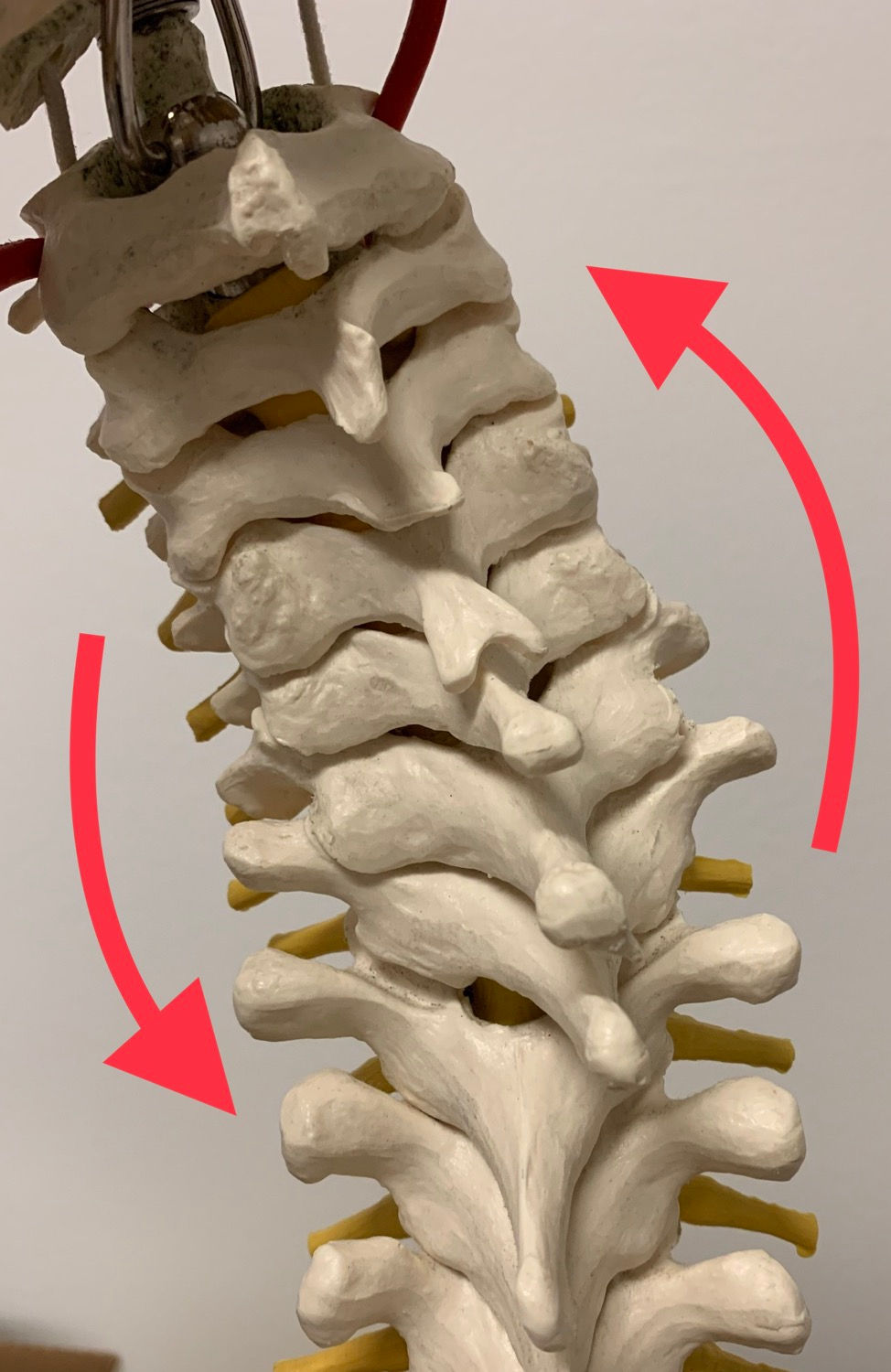Levator's Imitator for Neck Pain
- Jaime Chaves, L.Ac.
- Nov 14, 2019
- 2 min read

The levator scapula (LS) is literally a pain in the neck. This muscle, having attachments to both the scapula and the cervical spine, often contributes to cervical and shoulder girdle injuries. As a general rule, whenever neck discomfort is present, rule out the levator as a neck pain generator.
Recognizing Levator Scapula Strains
It is important to understand the basic actions of the LS to understand how a patient with a strain of this muscle will present in the clinic. Bilaterally, the LS extends the cervical spine. Unilaterally, the LS rotates the cervical spine toward the same side. It also elevates and medially rotates the shoulder blade which makes it an important stabilizer of the scapula.

When hypertonic, a muscle typically produces discomfort and restricts motion when it is elongated (stretched) or shortened (cramped). The LS often causes pain when it contracts leading to restricted cervical side bending and/or rotation toward the affected side. Painful rotation of the neck is a hallmark sign for LS strains. Therefore, the LS should be ruled out whenever a patient has pain with turning their neck and head toward the same side as the discomfort.
There is a plethora of possible causes of LS strains. Some common examples include forward head posture activities (smart phone usage, reading, computer work, etc.), carrying a bag over your shoulder, keeping your head turned to one side repetitively, working in cold environments, repetitive reaching, stress, etc.
A clinician may also observe objective findings such as a levator “notch” (abnormal convexity around the region of Small Intestine 15), protrusion of the head/neck with overhead reaching, an elevated shoulder girdle, and/or a medially rotated scapula which may accompany a hypertonic LS.
What is the “Levator's Imitator”?
Facet joint arthropathy and lateral foraminal stenosis often mimic LS strains. In the typical cervical spine, rotation and side bending toward the same side occur simultaneously. For example, when the cervical spine is rotated to the left it will also induce side bending to the left and vice versa.

When rotation or side bending is initiated, the facet joints on that same side will approximate one another. The intervertebral foraminal space narrows and may encroach upon the adjacent spinal nerve root. In the presence of dysfunction, the joint approximation and narrowing of space for the nerve can manifest as pain or paresthesia. The pain component surfaces locally or distally in the head, neck, shoulder, arm, and/or interscapular region. This often "imitates" pain patterns observed from LS strains.
LS strains, facet arthopathy, and lateral foraminal stenotic pain patterns can all be exacerbated with rotation and/or sidebending of the head toward the involved same side. LS strains may masquerade as facet or stenotic issues and vice versa. Practitioner bias and previous imaging reports are often misleading. A thorough physical exam is needed, as always, to differentiate these overlapping pain patterns.